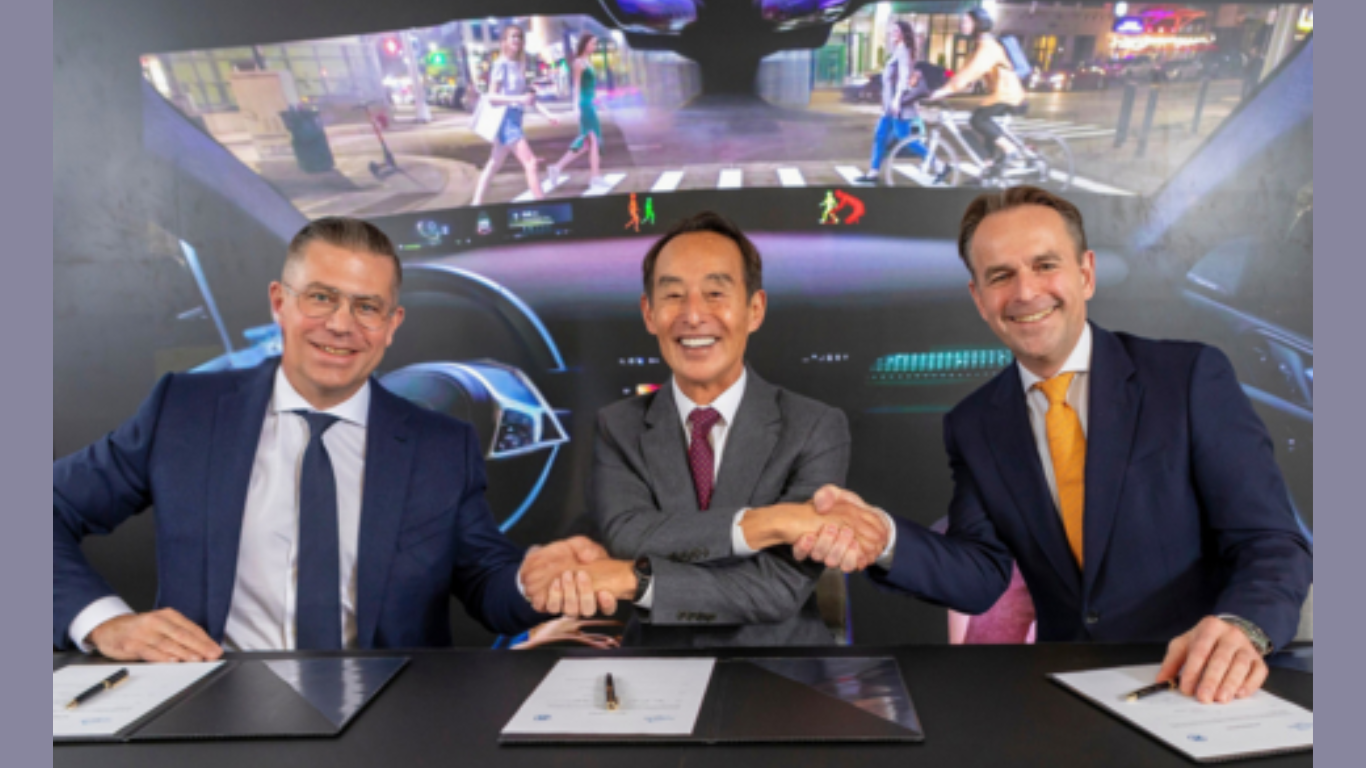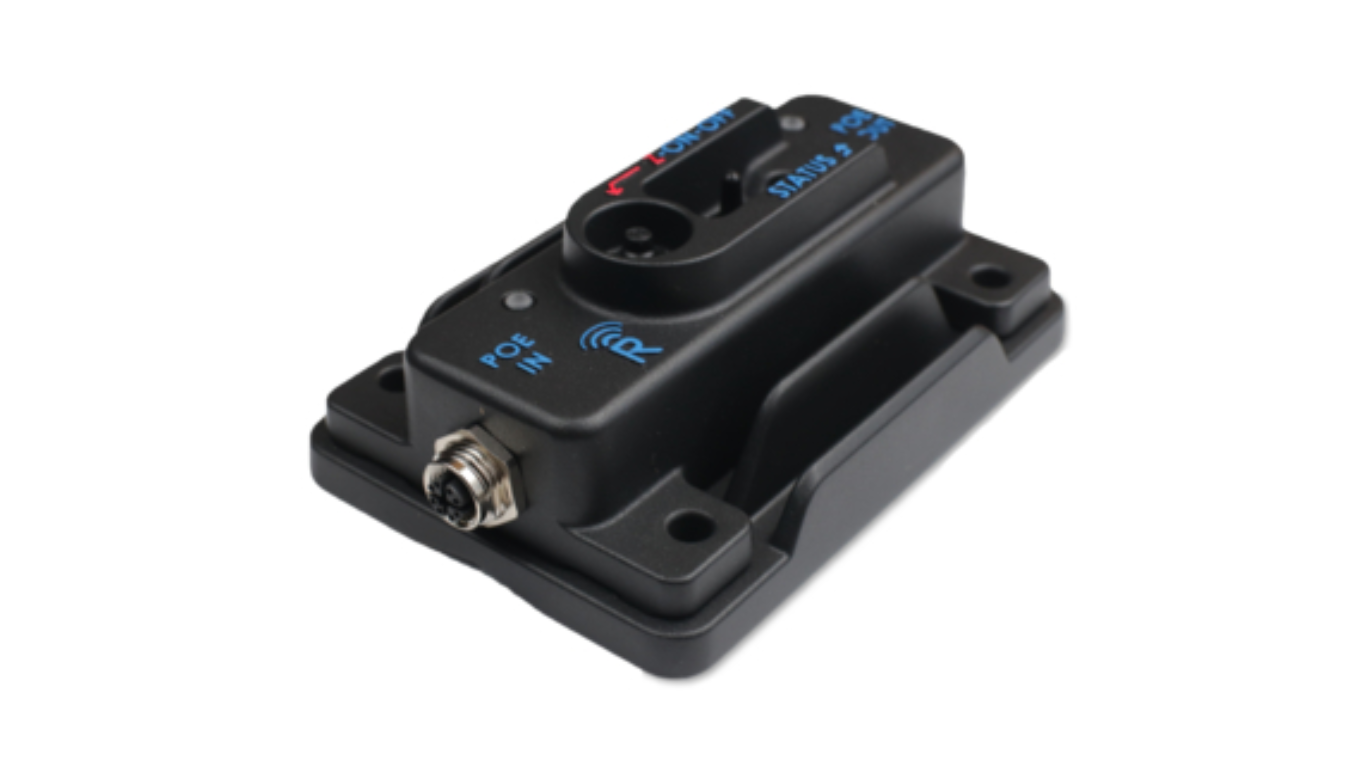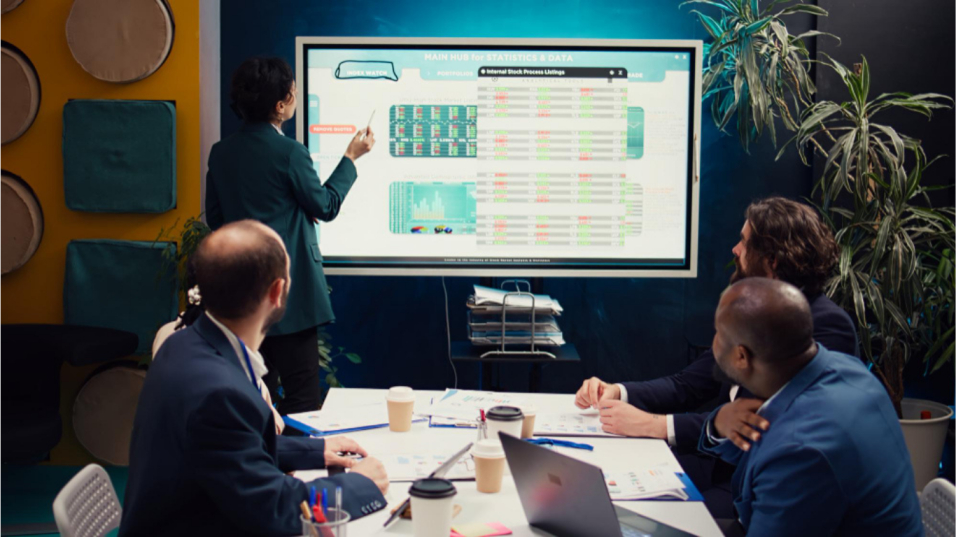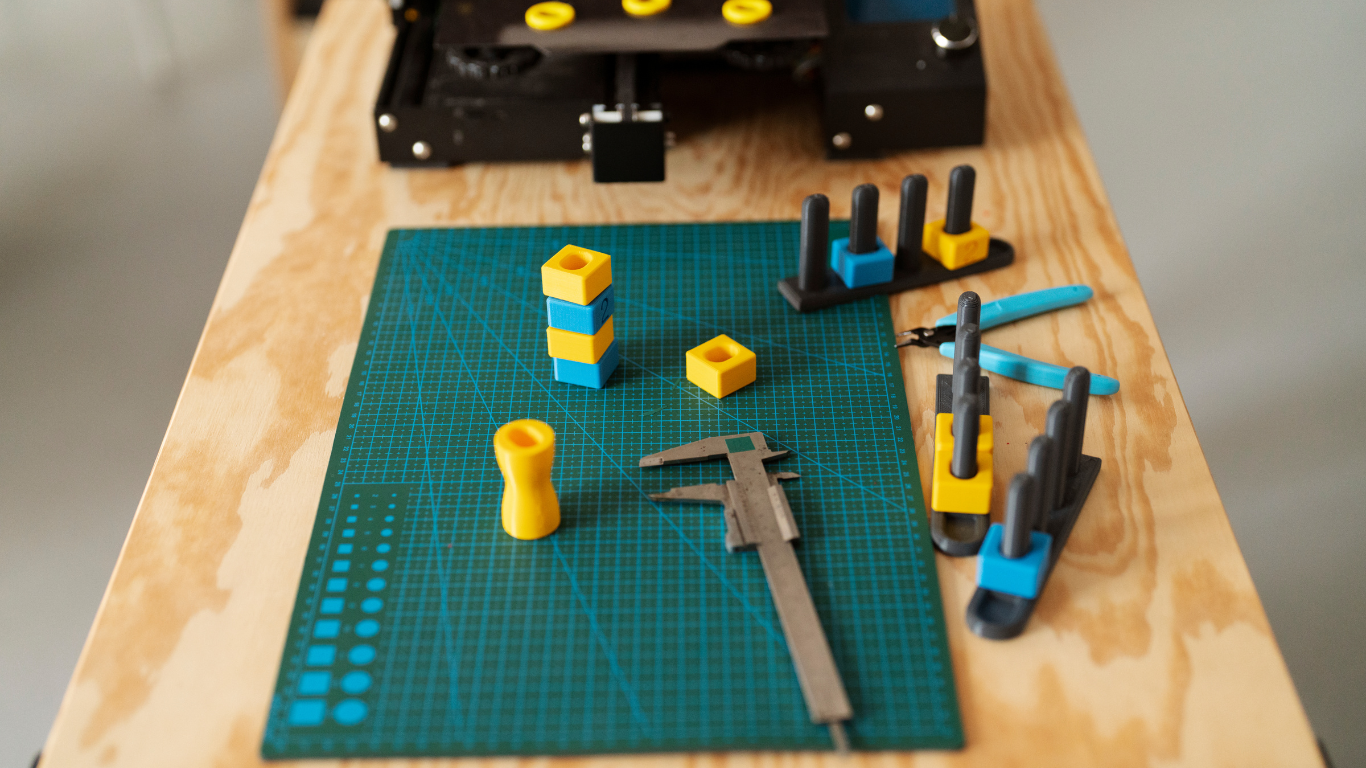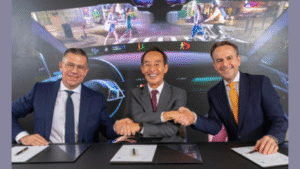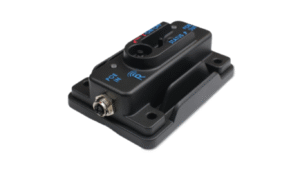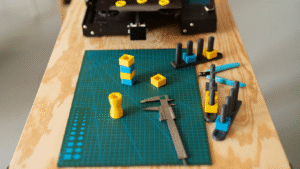Luxury has always been about more than price; it’s about exclusivity, craftsmanship, and the feeling that a product was made just for you. For example, you can choose a watch strap in exotic leather, the stitching color, and unique initials to appear in the final design. That sense of ownership before purchase is exactly why customization has become a hallmark of modern luxury, especially high-investment products like home furnishings.
The difference today is that personalized experiences can be delivered entirely online by utilizing the role of 3D configurators. From high-end furniture to bespoke jewelry, these online product configurators are reshaping how brands offer premium shopping journeys.
Right now, keep scrolling to discover more!
Psychology Behind Customization and the Feeling of Luxury
At its core, customization taps into powerful consumer psychology via the points below:
- Emotional authenticity and well-being
When buyers actively participate in the design steps, they embed their own personality into the final products. This helps foster a deep emotional connection—it’s often known as “psychological ownership.” Many publications also reveal that personalization boosts self-authenticity, giving customers a sense that their purchase truly reflects who they are.
As a result, the alignment between product and personal identity boosts satisfaction and effectively strengthens a long-term relationship with your shoppers after the transaction.
- Exclusivity through personalization
Customization involves exclusivity at an individual level. No one else owns that exact handbag, sofa, or timepiece as it was configured to one person’s exact specifications. This partly amplifies perceived value and fuels pride of ownership. Understanding that, many brands that boost customer engagement with product configurators often see this translate into measurable business results: higher conversion rates and increased AOV. Furthermore, they can deepen customer loyalty and transform their sales performance.
- Brand signaling vs. personalization balance
Luxury branding thrives on consistency: signature styles, iconic colors, and instantly recognizable design motifs. Yet customers crave self-expression. Thus, the considerable art should blend the two aspects. A well-designed 3D configurator gives buyers creative freedom while guiding them toward innovative options that align with the brand’s DNA. From that, you can ensure every custom creation still “looks” like it belongs to the brand.
The Role of 3D Configurators In Luxury Customization
3D configurators are online product configurators that allow users to design, customize, and visualize products from all angles. This helps you deliver an in-depth understanding of products, further increasing customers’ purchasing confidence for faster deal closures.
Here are the key features of 3D product configuration software that you should look for:
- Real-time 3D visualization and customization
- Rule-based configuration and pre-defined product logic
- Dynamic pricing/Visual Configure, Price, Quote (Visual CPQ)
- Integration with eCommerce platforms, CRMs, and ERPs
- Augmented Reality (VR)
- 3D Room planning
- Mobile-friendliness.
It’s time to take a look at how 3D product configurators deliver customized experiences:
1. Immersive interactivity that mirrors in-store engagement
With a 3D configurator, customers don’t just look at static photos; they interact with them. They can rotate, zoom, and view items in 360 degrees, exploring with materials, colors, and finishes. Every change updates instantly, not only in the 3D visualizations but also in the price, giving instant data. This replicates the tactile satisfaction of handling swatches or samples in-store, which brings the sensory gap between physical and digital retailing.
2. Augmented reality for true-to-life previews
When paired with augmented reality (AR), customers can virtually “place” their desired products in their real-world environment—whether that’s trying a watch on their wrist via a smartphone camera or visualizing a custom sofa in their living room. For high-end interior brands, 3D room planning capabilities take it further, enabling shoppers to design entire spaces with perfectly scaled, branded pieces before committing to a purchase.
2. Driving deeper engagement for higher conversions
Another goal of implementing 3D configurators is to keep customers on-site longer, increasing dwell time and emotional investment. This hands-on creation process reduces uncertainty: buyers know exactly what they’re getting before adding anything to their carts. As a result, returns decrease, conversion rates rise, and the brand’s identity is reinforced.
3. Operational advantages
Beyond the customer-facing glamour, there are more and more use cases of using product configurators for custom fixtures and displays that deliver signifcant operational benefits. They can automatically generate accurate visual quotes, eliminate costly order errors, and send precise specifications to your teams. This shortens lead times, a key advantage for brands that wish to offer bespoke products at a rapid speed.
Which 3D Configurator Offers the Best Customization?
1. VividWorks 3D Product Configurator
- Pricing: €247/month – €747/month & Custom pricing
VividWorks stands out for its high-performing 3D configurators designed for complex and highly modular products, such as furniture, display fixtures, kitchens, and bathrooms. By embedding rule-based configuration and pre-defined product logic, VividWorks can help minimize mistakes from unrestricted combinations and eliminate expensive rework.
Many online merchants praise this eCommerce product configurator for its seamless integration with back-end systems, ensuring a smooth workflow. It also features Visual CPQ, enabling users to view configurations and prices in real time. Once your design is finished, you can preview it in the real space to see exactly how it fits before purchasing.
Pros
- User-friendly interface with robust, professional-grade features
- Real-time 3D visualization, customization, and room planning.
- AR, VR, and animations to enhance customer engagement.
- Mobile-friendliness and smooth transformation across devices.
- Free integration with Shopify, Magento, WooCommerce, ERPs, and CRMs.
- 100% sales quotation accuracy and error-free orders with Visual CPQ.
- Backed by dedicated customer support and leading industry experts
Cons
- Great for modular, complex products; may be excessive for simple designs.
2. Threekit Product Configurator
- Pricing: Custom
Threekit offers a 3D product configuration platform powered by AI-enhanced features and a robust rules engine. Similar to VividWorks, it allows you to visualize your product configurations in real time, including immersive AR experiences and virtual photography. Consequently, you can bring more intuitive and visually rich experiences for customers.
Pros
- AI visual commerce, virtual photography, and 2D space planning tools
- 3D product imagery and 2D rendering
- Dynamic price for real-time configurations.
Cons
- Not truly work well with highly configurable designs
- Demand a steeper learning curve.
3. Zakeke Interactive 3D Configurator
- Pricing: $29.90/month – $199.90/month & Custom
Zakeke is an excellent 3D configurator for B2C eCommerce brands to simplify product customization. It mainly supports basic customization options for products such as jewelry, sporting goods, and beauty items. This platform also provides advanced tools, including Virtual Try-On apps, 3D Digital Asset Management (DAM), and AR viewers, helping brands and merchants offer unique, interactive experiences for their customers.
Pros
- Supports 2D, 3D, AR, and Virtual Try-On.
- Easy 1-click eCommerce integration.
- Intuitive interface with responsive support.
Cons
- Limited to basic customization.
- Mobile support is weak.
Conclusion
3D configurators are part of a wave of emerging technology trends in the luxury sector, from real-time 3D visualization and customization to immersive experiences with AR. Therefore, by taking full advantage of these online product configurators, you can refine how exclusivity and personalization are delivered in your own industry in the digital age.
Visit our technology blogs to learn the latest insights to transform your business results!
Article received via email



